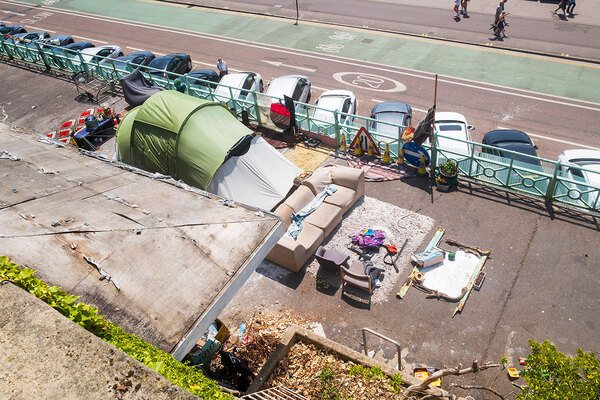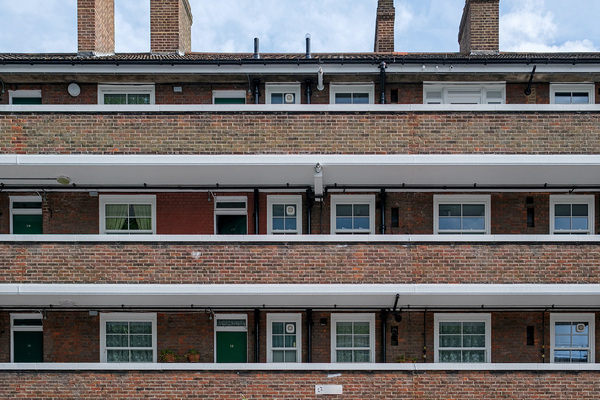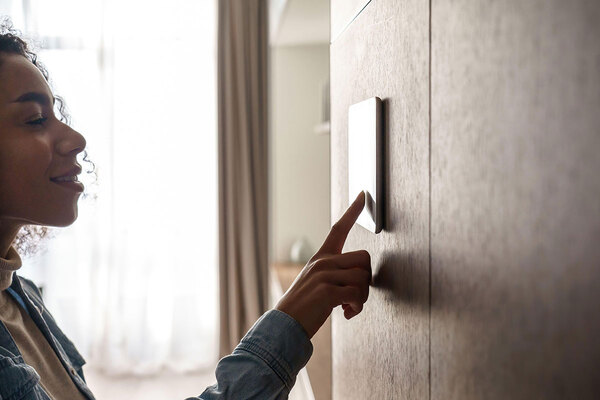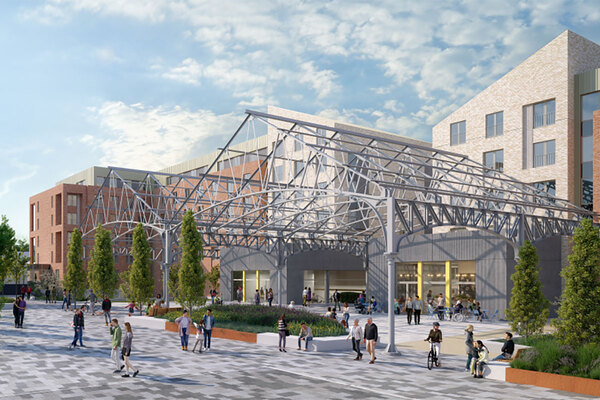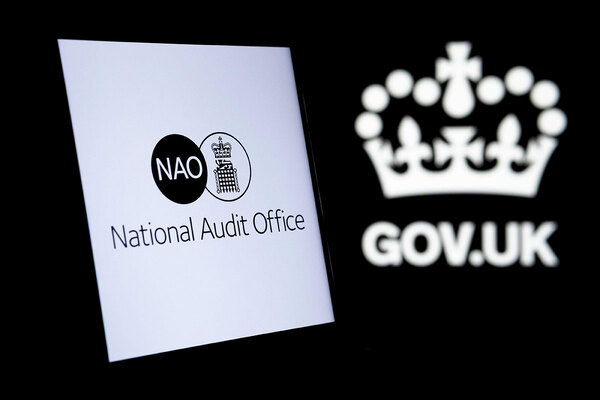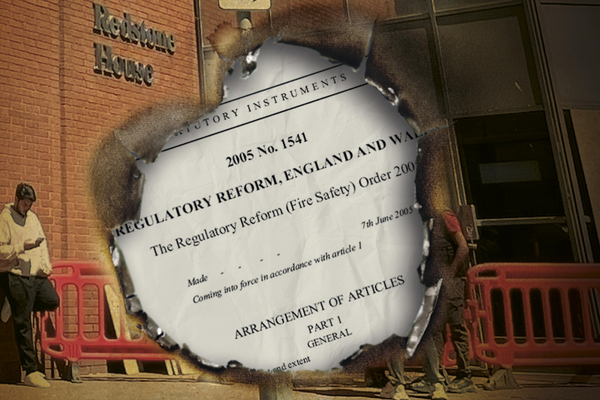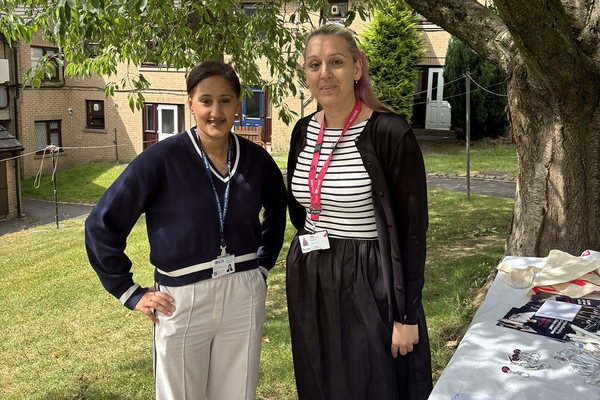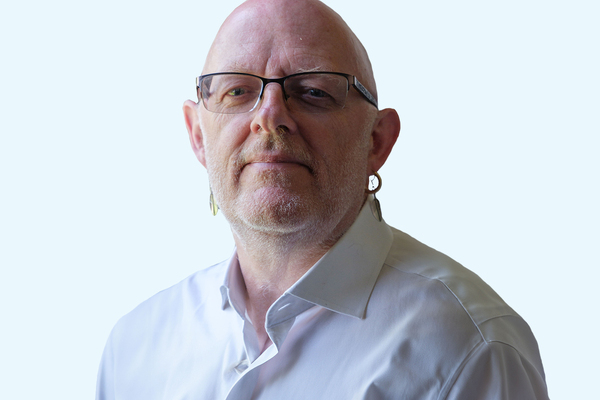Shelter study reveals social value created by new Scottish social housing tenancies
More than £2m in social value has been created by just under 130 new social housing tenancies in Scotland, according to a three-year study.
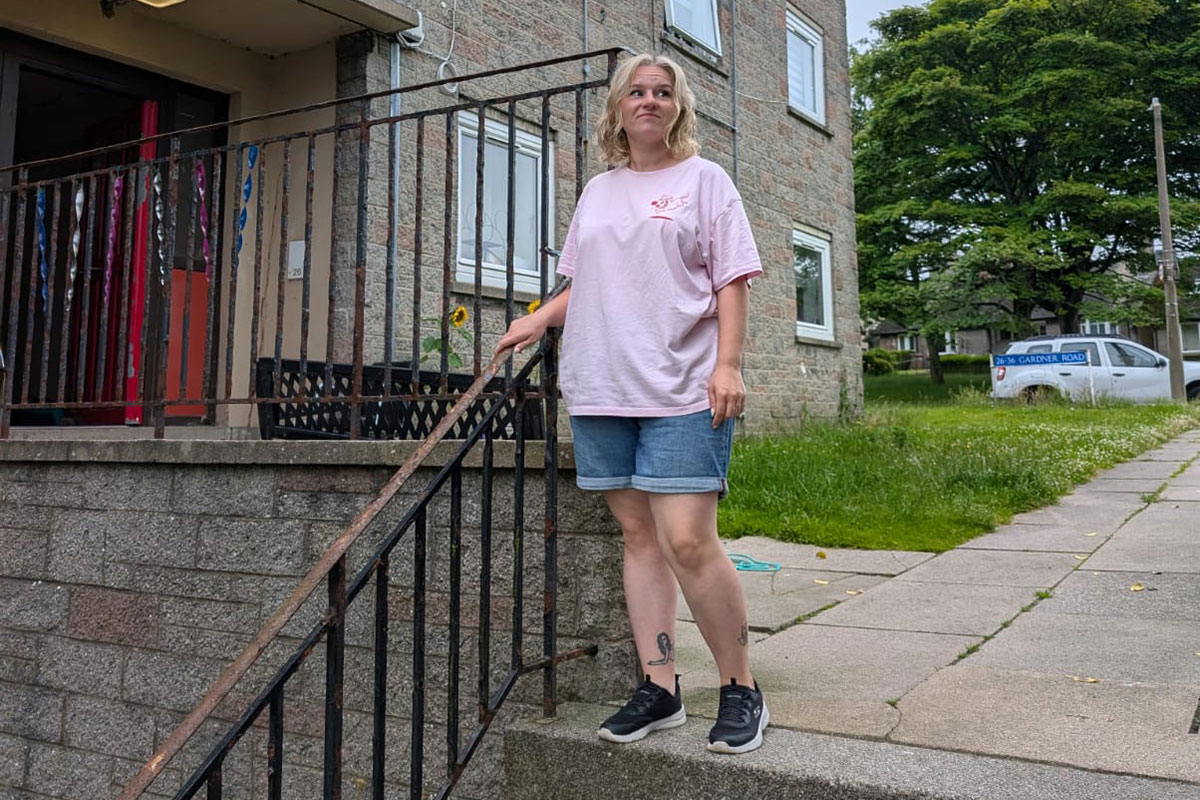
Residents of these homes saw an average boost to their well-being worth £10,648, and the public purse gained £990 in indirect benefits per tenant.
The Shelter Scotland-commissioned research was carried out by HACT in partnership with 20 social landlords in the country.
It comes just months after news that social housing starts in the country had plummeted to their lowest levels in 10 years.
In May, analysis of government data showed a real terms fall in social housing budgets at Scottish local authorities, while research in February highlighted the devastating impact that waiting for a social home has on families.
Following the report, Alison Watson, director of Shelter Scotland, said: “As 2.3 million adults in Scotland are impacted by the housing emergency, we know social homes provide security, affordability and stability, resulting in positive social, economic and health outcomes.
“In turn, the cost to the public purse of the negative consequence of poor housing is reduced. This is why the next government need to make social housing a priority.
“Investing in social housing means investing in people’s health and in our communities. Delivering more social housing is the only way to get the 10,360 children in Scotland out of temporary accommodation and into forever homes.
“So, ultimately, investing in social homes is also investing in Scotland’s future.”
Researchers surveyed 495 people before they moved into their new homes and 296 residents three to six months after they had moved in, with fewer than 100 tenants completing surveys a year and two years after they moved.
To calculate the social value created, researchers analysed the data using HACT’s social impact measurement methodology.
Of the tenants who took part, 129 reported large enough changes in their life circumstances or well-being to be recorded as social value outcomes.
Overall, the tenancies studied generated a social value of £2,376,681.
Researchers added there were broader benefits of the new tenancies that were “widely noted”. These included residents’ experience of their neighbourhood, environment, finances and health and well-being.
Kirstylee Murray, a social housing resident in Aberdeen, spoke about the positive impact of moving into a second floor council flat with her husband and three children. Although the home is not yet suitable for her 10-year-old son who has an autistic spectrum condition and polyarticular juvenile idiopathic arthritis, a rare auto immune disease which impacts his mobility.
Ms Murray said: “Since moving into this flat, my mental health has improved so much. It’s in the south side of Aberdeen (Deeside) and it’s near our family and support network.
“There are pros and cons to living here, but it really is one of the best places I’ve lived. Having that sense of home and belonging is massively important for your mental health. My quality of life has improved, too.
“We’re looking for somewhere more accessible for my son, and we’ve been told we need a four-bed with no stairs due to his needs. With his mobility, he is still in pain.
“There are some good days and bad days. But if we could get somewhere without those stairs, it would make the world of difference. Not just to him, but to the whole family.”
Frances Harkin, head of services at HACT, said: “Social housing tenancies are driving improvements in social, economic and health outcomes in residents, and where these are achieved there is huge capacity for significant preventative savings to wider society.
“This research is crucial in demonstrating its true value and ensuring it informs strategy and decision-making moving forward.”
Housing association Osprey Housing was a partner of HACT and Shelter Scotland on a project that highlighted the positive impact of well-designed social housing developments with access to green spaces.
Dawn Chambers, tenancy sustainment co-ordinator at Osprey Housing, said: “The project has demonstrated how thoughtful planning, integrating easy access to green spaces, significantly enhances the well-being and quality of life for residents. We’ve heard first-hand how these environments foster stronger communities, improve mental and physical health, and provide a sense of belonging for our tenants.”
Sign up for our Scotland newsletter
Already have an account? Click here to manage your newsletters
Latest stories


